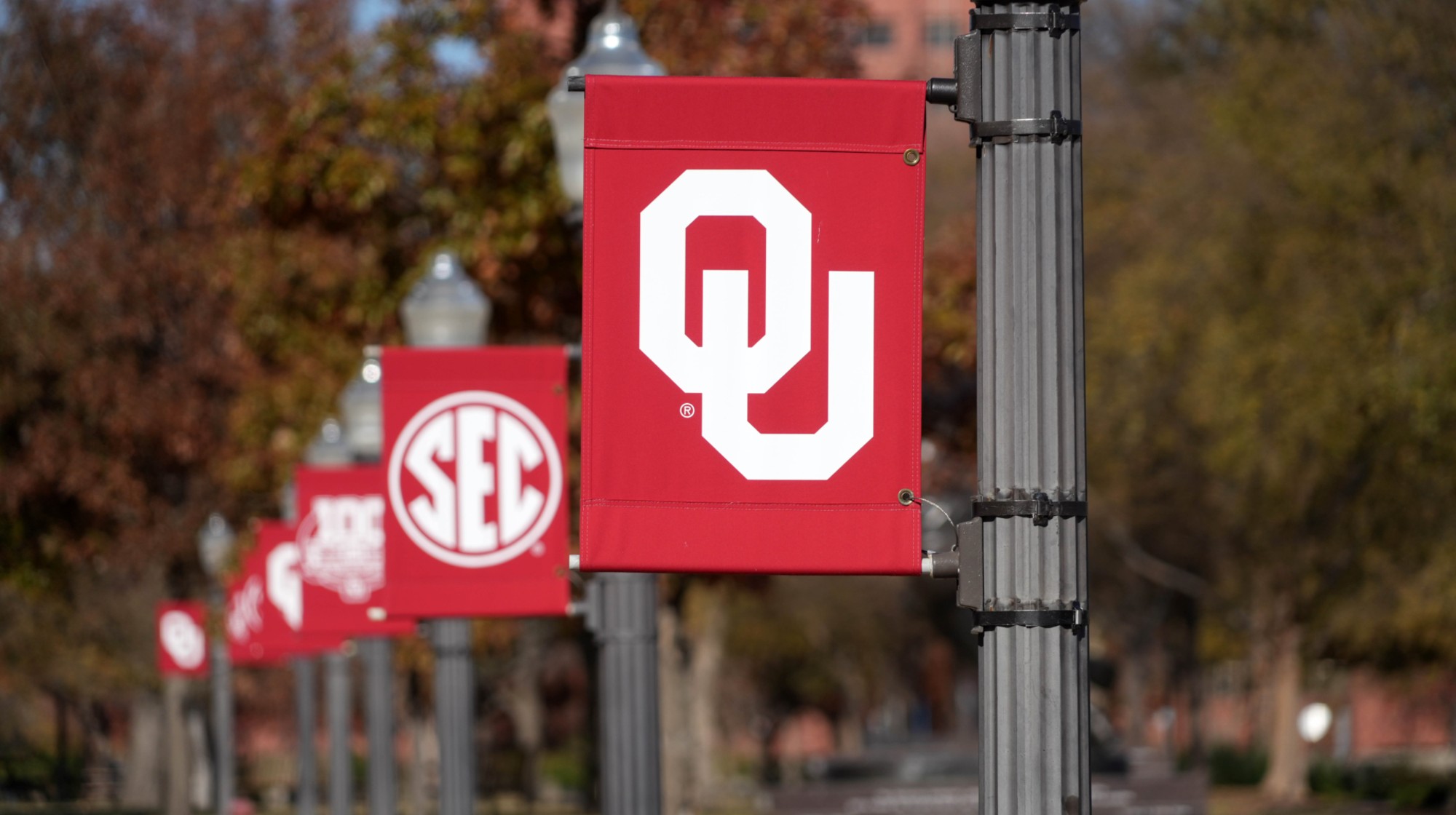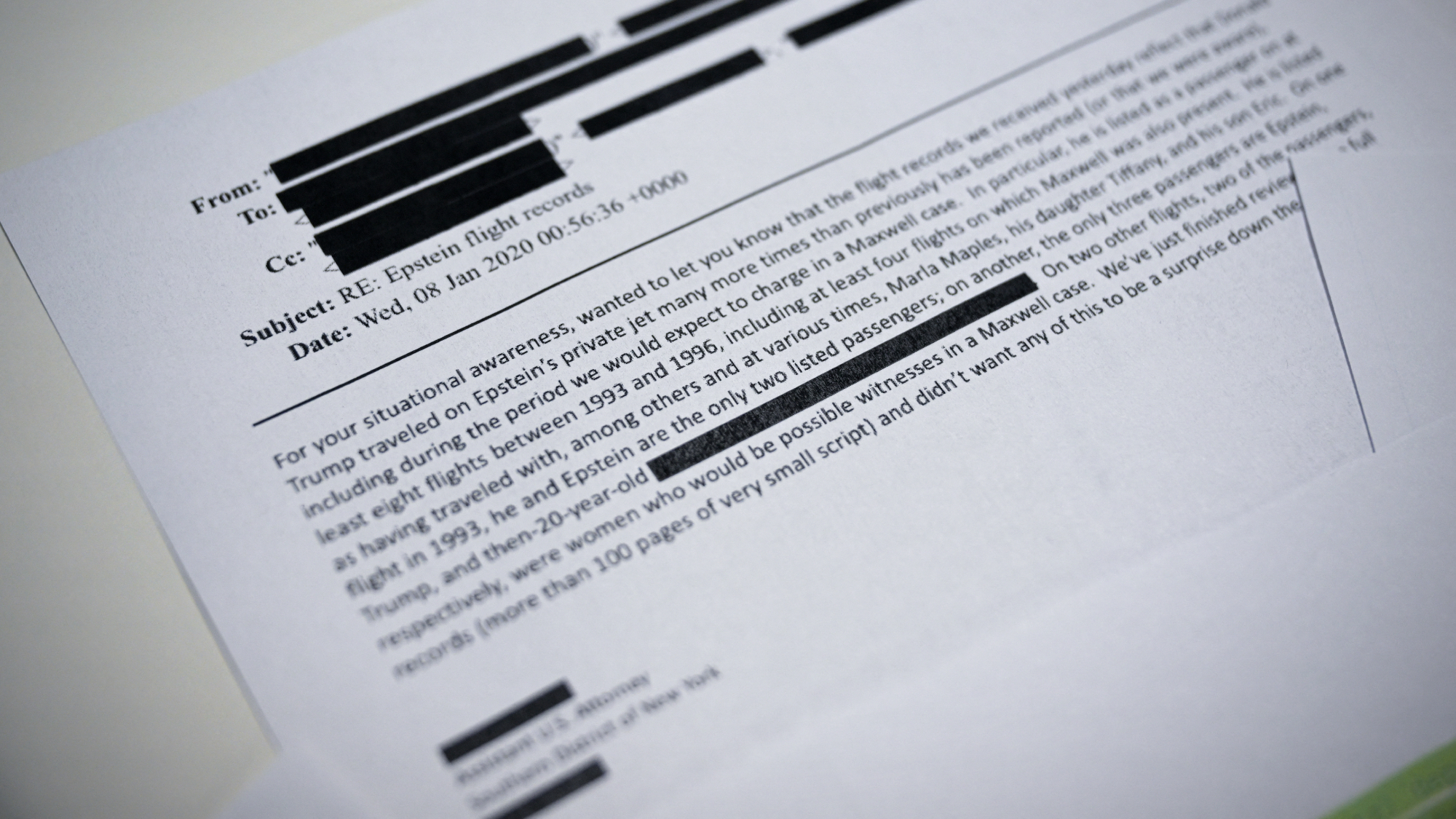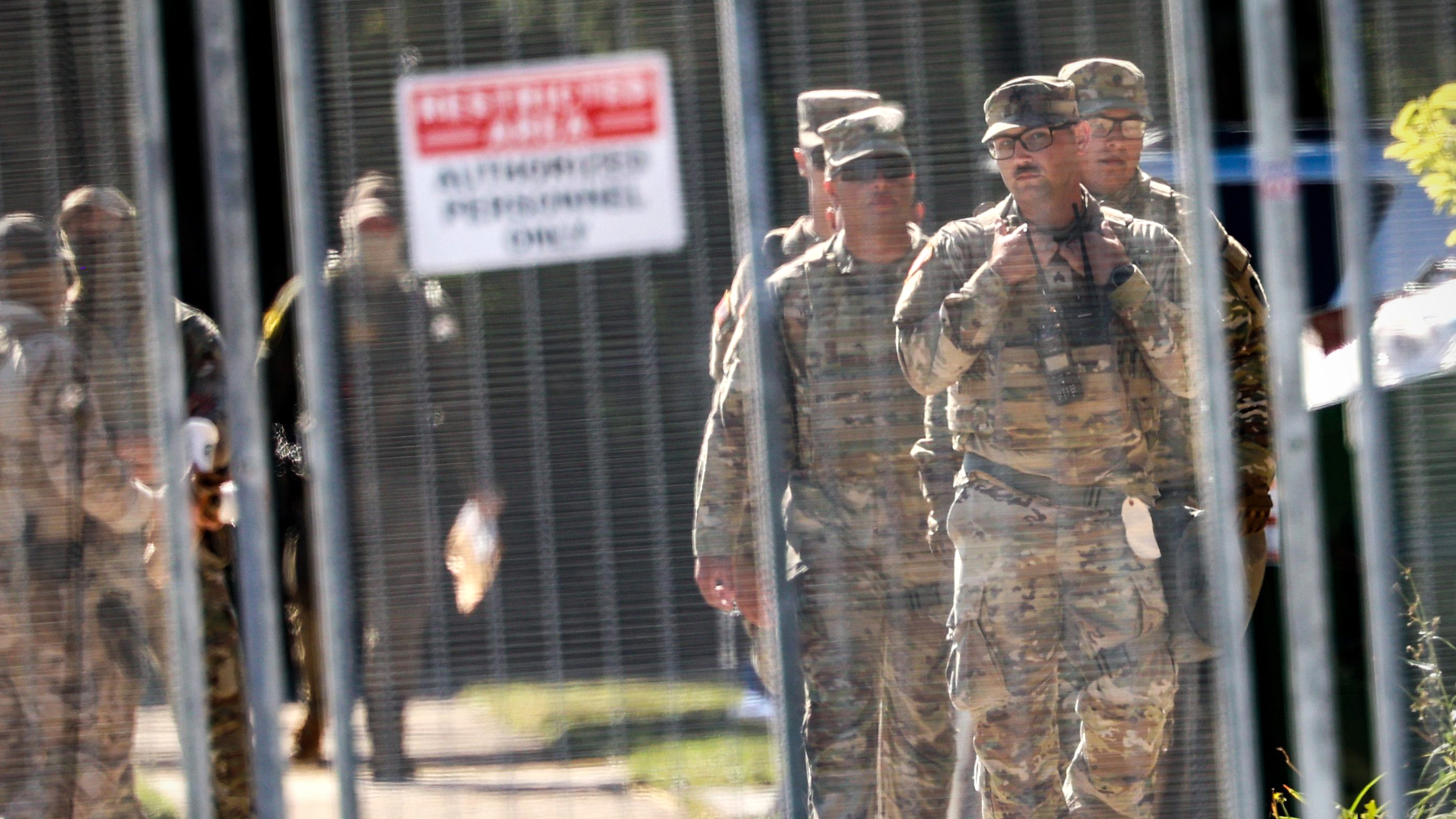Trump referred to Paul Ryan as 'Ron' twice at a Wisconsin event

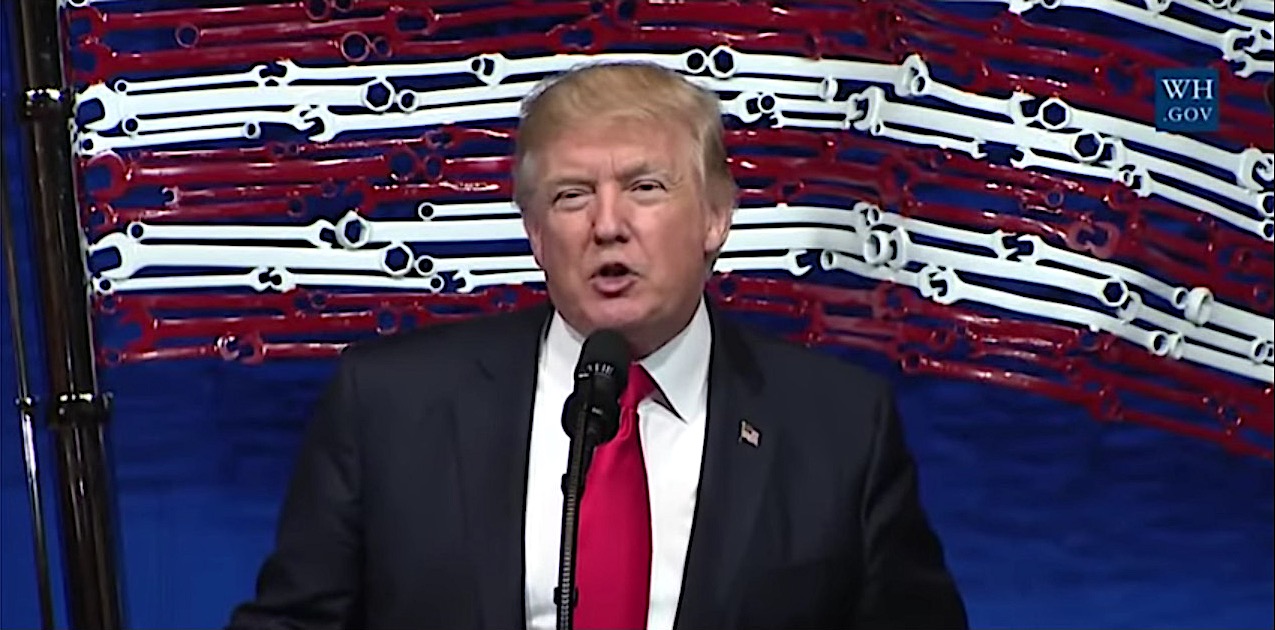
President Trump visited Wisconsin on Tuesday, including a stop at a Snap-on tool factory in Kenosha. At the factory, he criticized a Canadian dairy tariff and signed a "Buy American, Hire American" executive order that directs U.S. agencies to review the use of H-1B visas — granted to high-skill foreigners, especially in the tech industry — and find ways to increase the use of U.S.-made products in certain federally funded construction projects. Accompanying Trump were Gov. Scott Walker (R), Sen. Ron Johnson (R), and White House Chief of Staff Reince Priebus, who attended high school in Kenosha. Trump began with a nod to a Wisconsinite not in the room, House Speaker Paul Ryan (R), whose district includes Kenosha.
"My thanks go to Speaker Ryan, who's represented this city for nearly two decades in Congress, and do you know where he is?" Trump asked. "He's with NATO. So he has a good excuse. So I said, Ron, make sure these countries start paying their bills a little bit more, you know, they're way, way behind, Ron." Trump appeared to catch his mistake and pointed to Johnson saying, "I'm going to talk to you about that, Ron," then added: "But Paul, you're over with NATO, get them to pay their bills."
White House Press Secretary Sean Spicer said Trump chose the Snap-on factory because it's "a company that builds American-made tools with American workers." Along with hand and power tools, Snap-on makes shop equipment and software, and it has 11 plants in the U.S. plus factories in China, Brazil, Argentina, Belarus, and several European nations. Snap-on also makes burial urns, and when shown them on Tuesday, Trump called them "very depressing." He narrowly won Wisconsin in November, and his approval rating in the state is currently about 41 percent.
The Week
Escape your echo chamber. Get the facts behind the news, plus analysis from multiple perspectives.

Sign up for The Week's Free Newsletters
From our morning news briefing to a weekly Good News Newsletter, get the best of The Week delivered directly to your inbox.
From our morning news briefing to a weekly Good News Newsletter, get the best of The Week delivered directly to your inbox.
A free daily email with the biggest news stories of the day – and the best features from TheWeek.com
Peter has worked as a news and culture writer and editor at The Week since the site's launch in 2008. He covers politics, world affairs, religion and cultural currents. His journalism career began as a copy editor at a financial newswire and has included editorial positions at The New York Times Magazine, Facts on File, and Oregon State University.
-
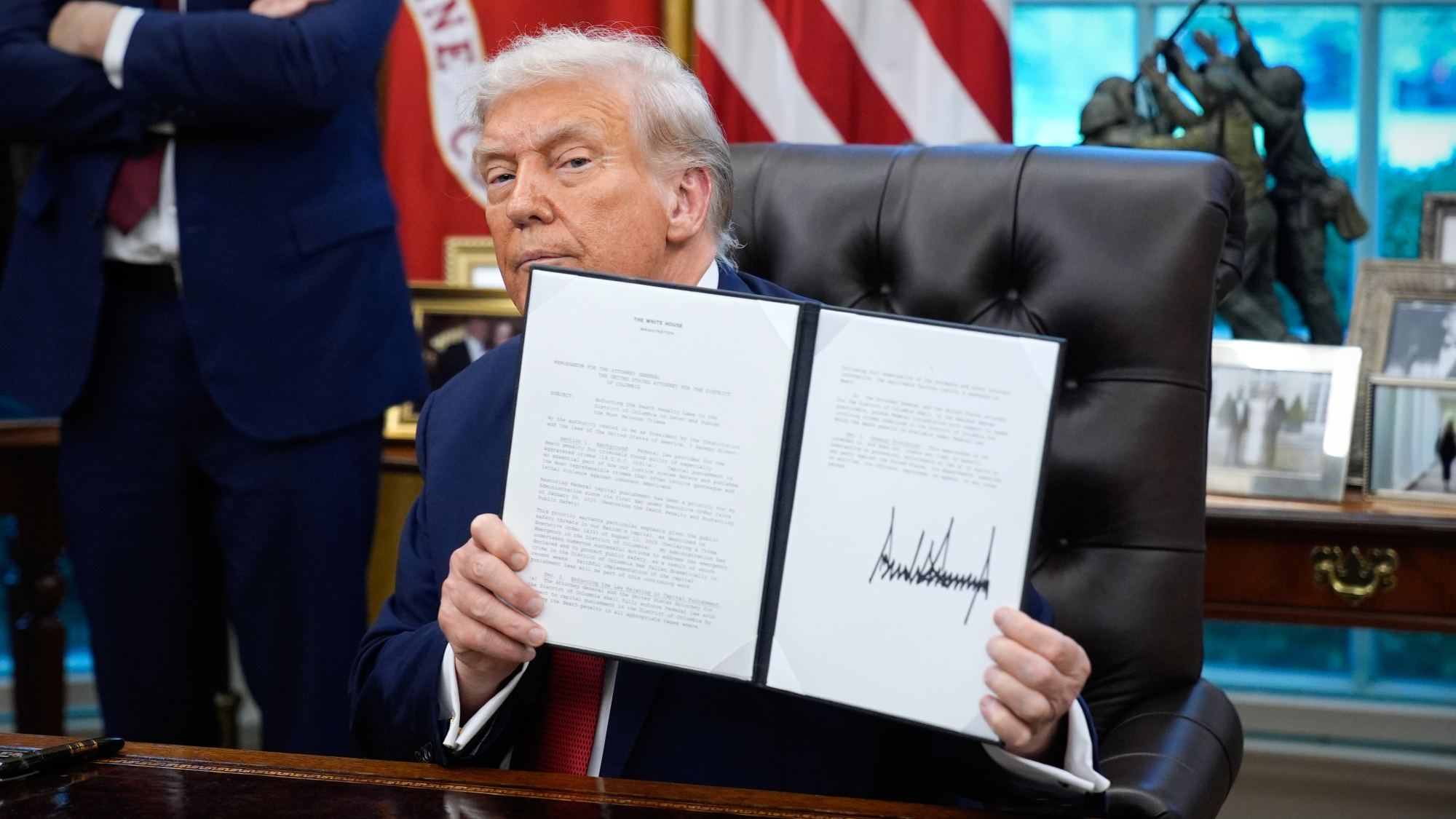 TikTok secures deal to remain in US
TikTok secures deal to remain in USSpeed Read ByteDance will form a US version of the popular video-sharing platform
-
 Unemployment rate ticks up amid fall job losses
Unemployment rate ticks up amid fall job lossesSpeed Read Data released by the Commerce Department indicates ‘one of the weakest American labor markets in years’
-
 US mints final penny after 232-year run
US mints final penny after 232-year runSpeed Read Production of the one-cent coin has ended
-
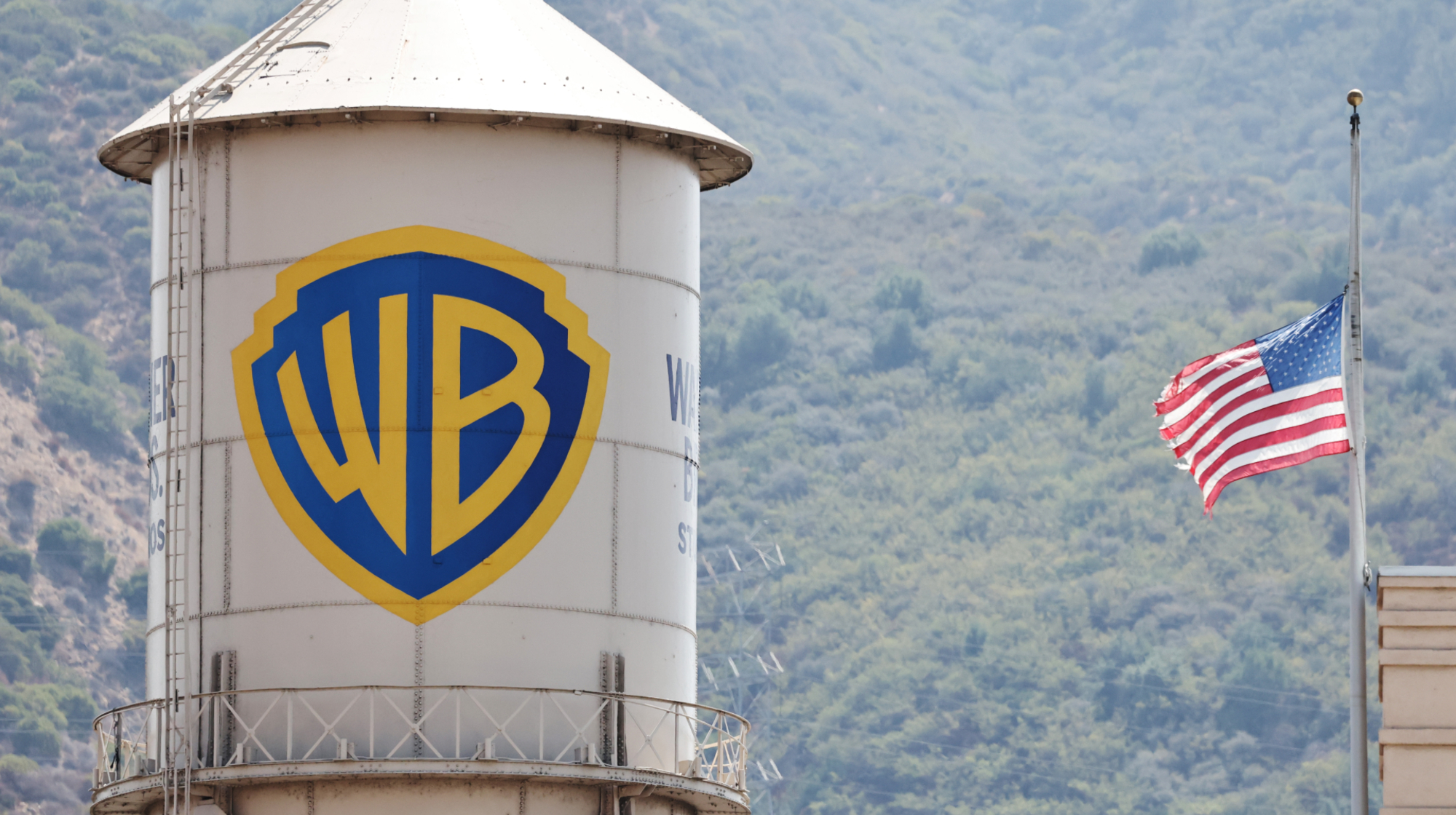 Warner Bros. explores sale amid Paramount bids
Warner Bros. explores sale amid Paramount bidsSpeed Read The media giant, home to HBO and DC Studios, has received interest from multiple buying parties
-
 Gold tops $4K per ounce, signaling financial unease
Gold tops $4K per ounce, signaling financial uneaseSpeed Read Investors are worried about President Donald Trump’s trade war
-
 Electronic Arts to go private in record $55B deal
Electronic Arts to go private in record $55B dealspeed read The video game giant is behind ‘The Sims’ and ‘Madden NFL’
-
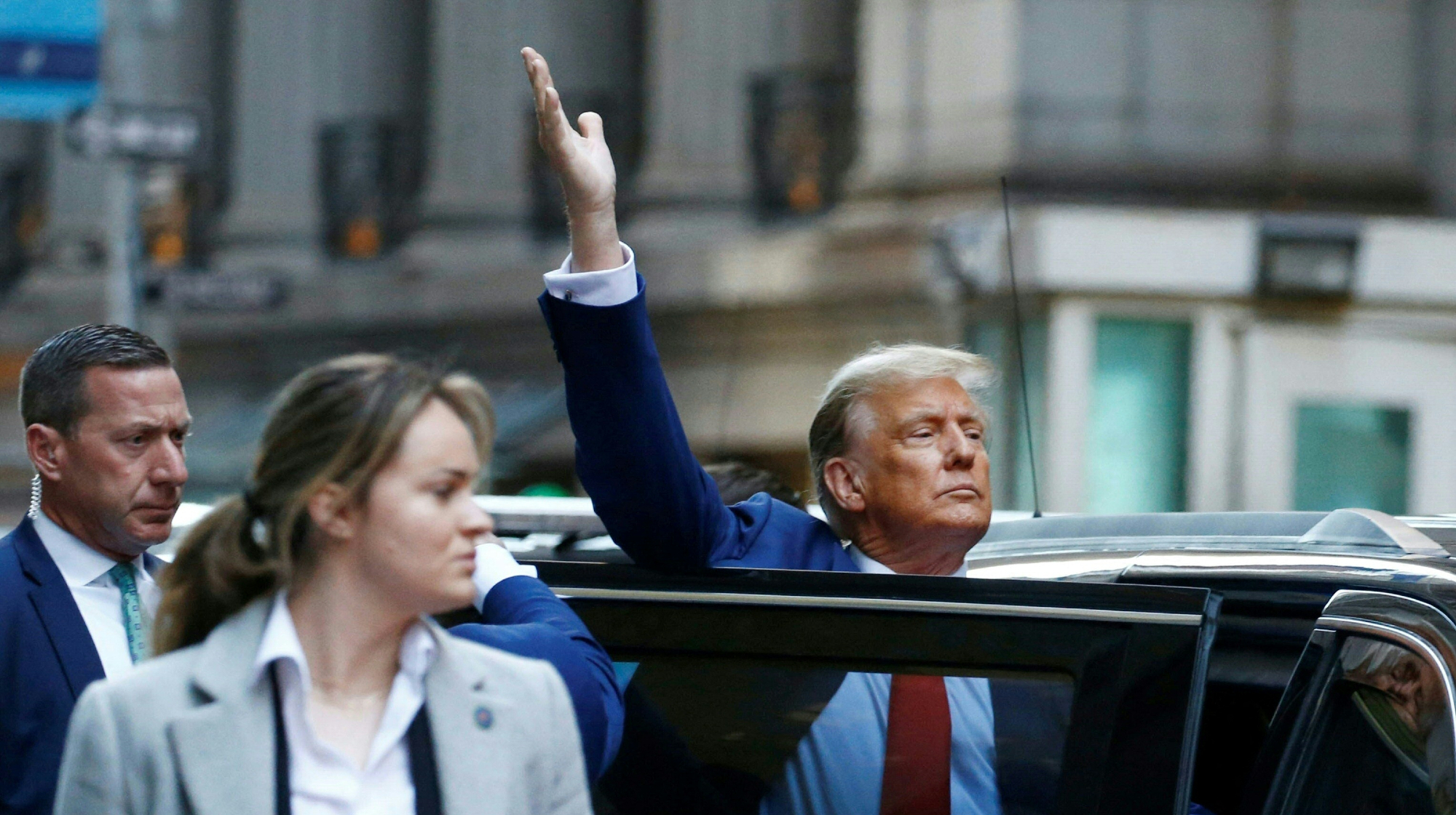 New York court tosses Trump's $500M fraud fine
New York court tosses Trump's $500M fraud fineSpeed Read A divided appeals court threw out a hefty penalty against President Trump for fraudulently inflating his wealth
-
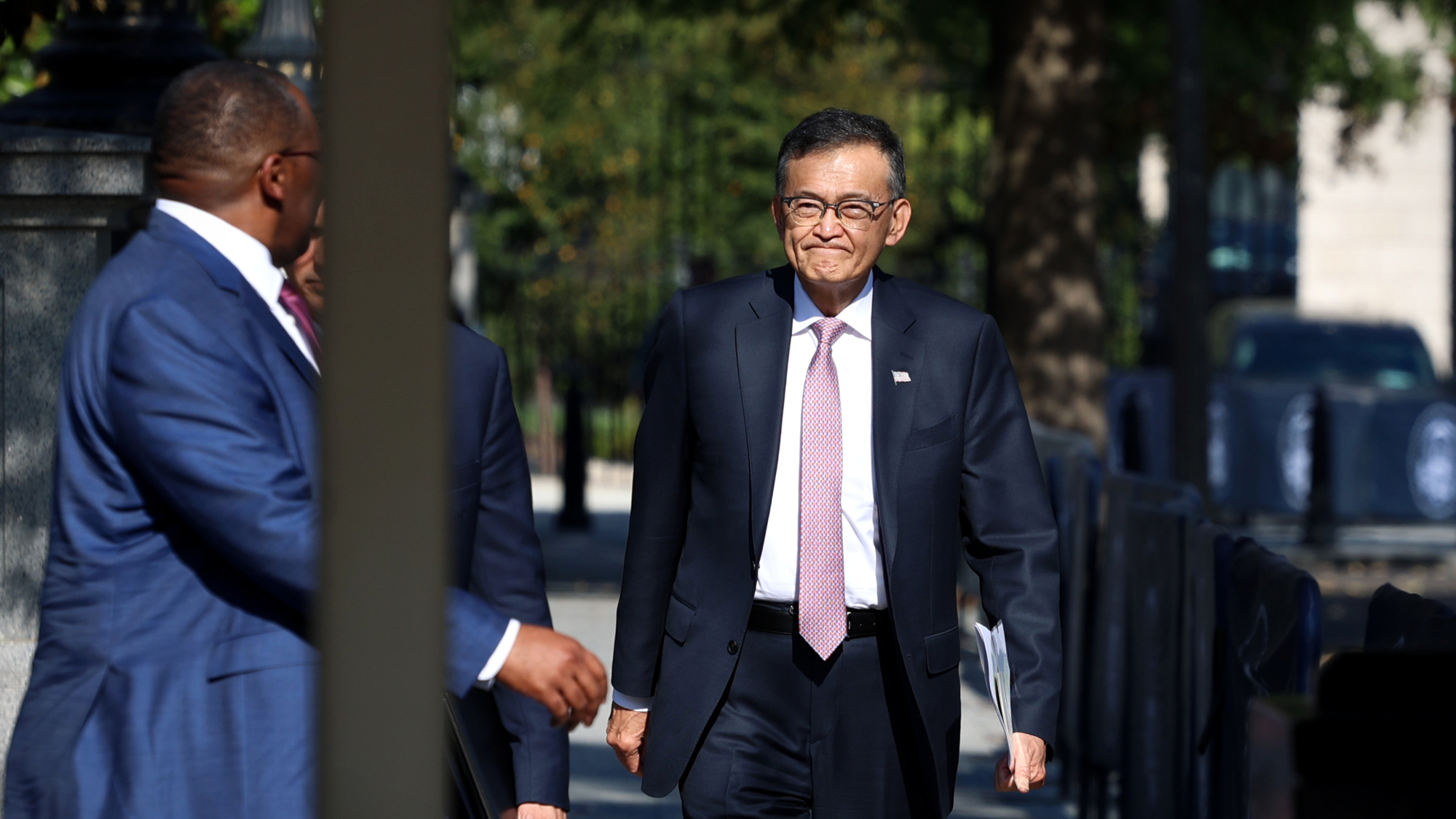 Trump said to seek government stake in Intel
Trump said to seek government stake in IntelSpeed Read The president and Intel CEO Lip-Bu Tan reportedly discussed the proposal at a recent meeting

